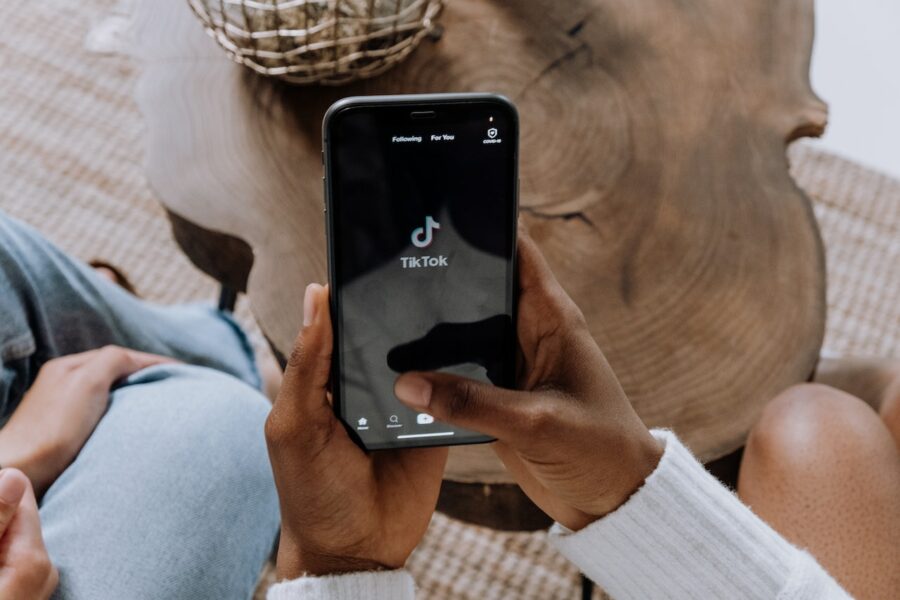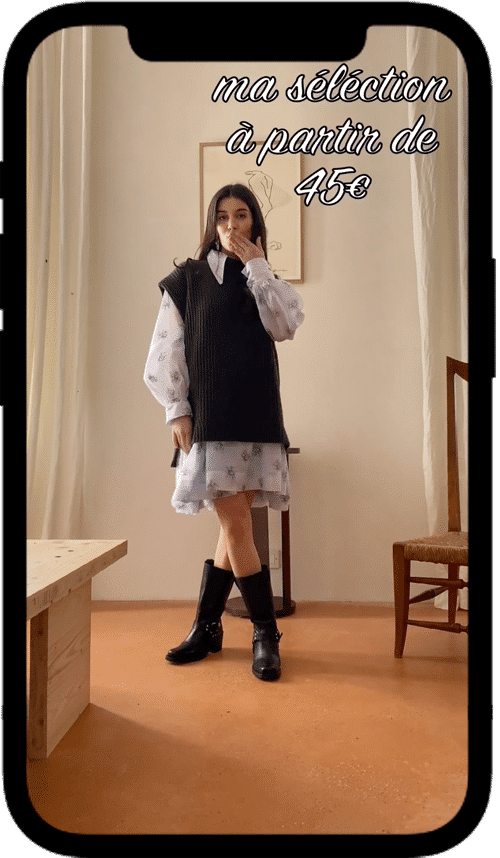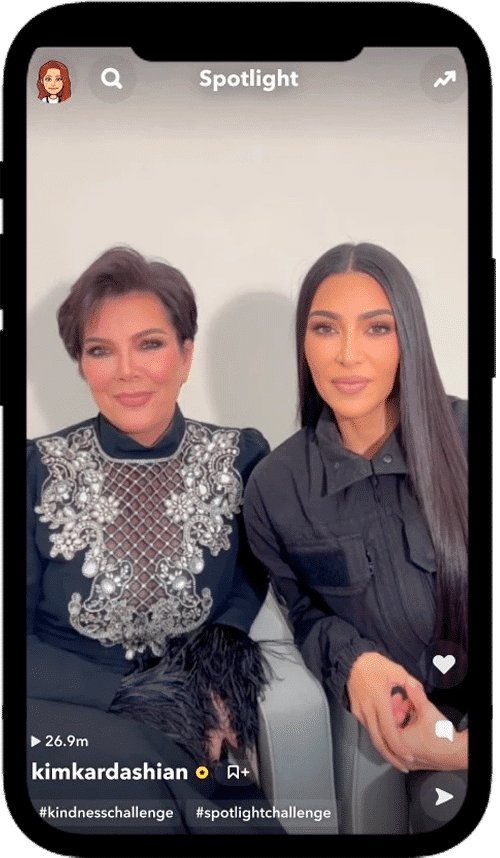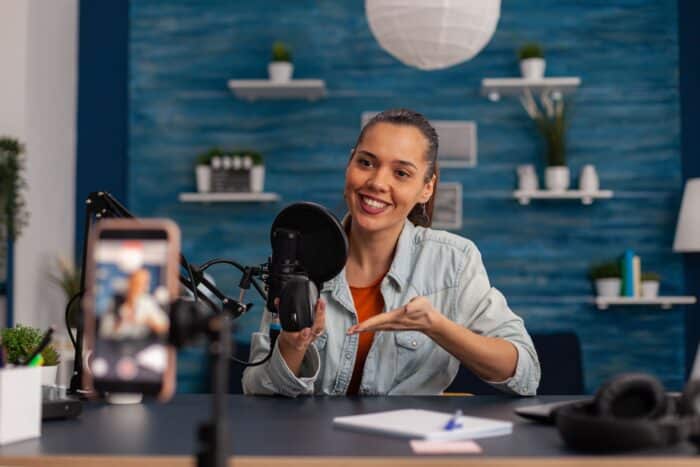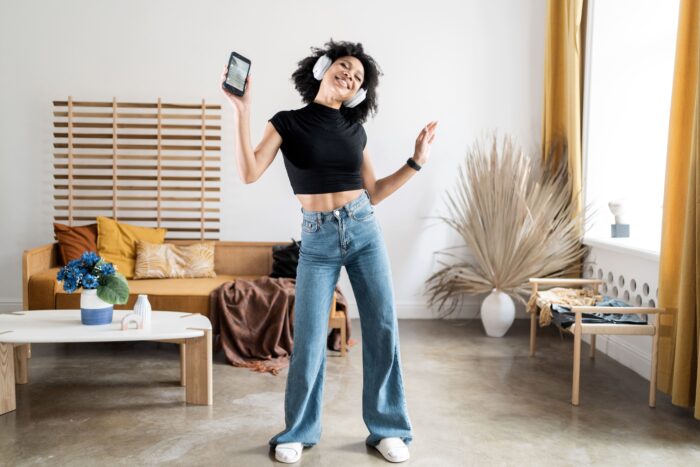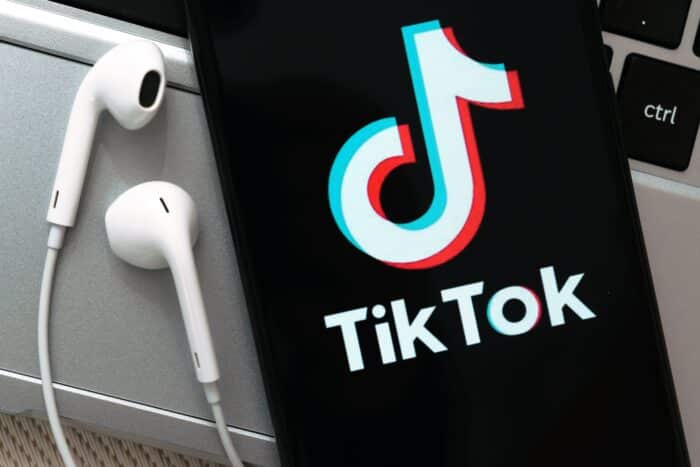
The success of TikTok, the short video social media platform, cannot be disputed. With its innovative format, the app has convinced over a billion active users worldwide.
To rival this phenomenal success, competitors like Instagram, Snapchat, and YouTube have launched their own, clearly TikTok-inspired, short video formats.
TikTok’s phenomenal success
Launched in 2016 in China, TikTok is a social media platform made up of short, humorous, and musical videos. The app’s popularity soared from 2019 onwards, and even more so in 2020 during lockdowns.
The most striking statistic is without a doubt the number of active users, which exceeded a billion in 2021. According to the Apptopia ranking, TikTok was downloaded over 650 million times in that same year.
In less than two years, the app has joined Facebook, Instagram, and Snapchat in the ranks of the most used social media platforms in the world. A success which is largely explained by the format of TikTok content, short videos with musical soundtracks; and by an algorithm which is redefining the current codes of influence.
Why is the TikTok format so attractive?
An attractive, creative, and viral format
On TikTok, users create and share short videos, customised with visual and audio effects, and which are usually humorous in tone. Music plays a key role in these videos, the idea being to add a dash of originality while making use of current musical trends.
Nobody could’ve expected the explosion of a format which, initially, mainly attracted teenagers filming themselves dancing. The concept has now spread to older users, who use TikTok to share their passions, distribute advice on a variety of subjects, or simply share anecdotes from their daily lives.
TikTok’s popularity really took off with the virality of its challenges, a format where users set a challenge to their followers, usually involving dancing to popular music or demonstrating a skill. Challenges are still very popular on TikTok, and constitute a very efficient way of going viral.
TikTok videos also owe their success to the creative possibilities they offer: filters, audio, and transition effects make it possible to create highly personalised content and funny, original mini-clips. This is what helps TikTok’s format stand out and appear richer and more creative than the more classic posts of other platforms.
The format is also very good for communicating strong emotions: it is a lot simpler, with added music, to communicate one’s joy, sadness, and of course laughter, which increases user engagement and content sharing.
A new generation of influencers, closer to their audiences
Original and relatively new, the TikTok format has spawned a new generation of influencers. Frequently unknown on other platforms and buoyed by TikTok exclusively, these influencers purport to be more authentic than their counterparts on the previous generation of social media. Their success is borne of the proximity they instigate between themselves and their audience, in funny videos where informality outweighs any desire for perfection.
With its innovative format, TikTok has largely redefined the codes of influence. The app’s algorithm favours the renewal of talents: the algorithm uses content relevance rather than account size to push videos. This makes it possible for TikTok users with fewer than 100 followers to garner millions of views!
Instagram, YouTube, and Snapchat are copying TikTok by launching their own short video formats
The rapid rise in popularity enjoyed by TikTok didn’t go unnoticed. To stay relevant, the Instagram, YouTube, and Snapchat giants were quick to imitate the Chinese app by adding a short video format to their own platforms.
Instagram Reels
Since June 2020, Instagram has enabled users to create Reels, short video clips of up to 90 seconds, openly inspired by TikTok. Unlike stories which are temporary, reels appear in a specific tab within the Instagram account, just like classic posts and IGTV content. The sound effects, stickers, filters, and other creative options provide the same possibilities as TikTok.
Instagram reels are a very good way of gaining visibility on the app, since they appear in the “Explore” tab, which showcases accounts of all sizes. The general setup of Reels is very reminiscent of TikTok, right down to the positioning of the like, share, and comment buttons.
YouTube Shorts
The TikTok effect soon spread to YouTube, who got into short videos in 2020 with the Shorts format. Shorts are vertical video clips up to 15 seconds long, designed to be made and watched on a mobile screen. Here, too, the TikTok influence is thinly veiled: an express format designed to be flicked through quickly, speed dials, audio and other effects make for the creative attraction of Shorts. That being said, YouTube proposes a system for the monetisation of its short videos.
To promote this new format, YouTube didn’t hold back on sharing ads on the platforms of competitors TikTok and Snapchat. And far from going unnoticed, Shorts proved to be a success: the feature boasts about 1.5 billion monthly users according to in-house statistics. These results show the efficiency of a TikTok format, even on a platform where users are, on average, older.
Snapchat Spotlight
Again in 2020, the giant Snapchat also hopped on the bandwagon by creating its own short video format, Spotlight, complete with many creative options. In 2021, Snapchat paid over 250 million dollars to its content creators to promote Spotlight programmes.
Like on YouTube, Snapchat creators can monetise their videos thanks to a donation and digital gifting system (users have the option to pay to interact with stories shared by influencers). The graphic setup of Snapchat looks exactly like Reels, Shorts, and TikTok videos; as for the algorithm, it favours virality by pushing qualitative content based on engagement.
Copying successful formats is by no means a new practice on social media
TikTok set the trend for this format and every other social network undeniably followed suit. In just a few years, short videos have become a ubiquitous trend, especially among generation Z.
The tendency of social media to copy their competitors is not new. It enables less recent platforms like Facebook and YouTube to remain relevant among younger generations by adapting to their implicit culture.
Remember for instance the launch of stories on Instagram and then Facebook in 2016 and 2017. This now widespread format was, to begin with, an innovation by Snapchat, an app whose arrival at the time caused quite a stir in the social media-scape, just like TikTok is doing now.

